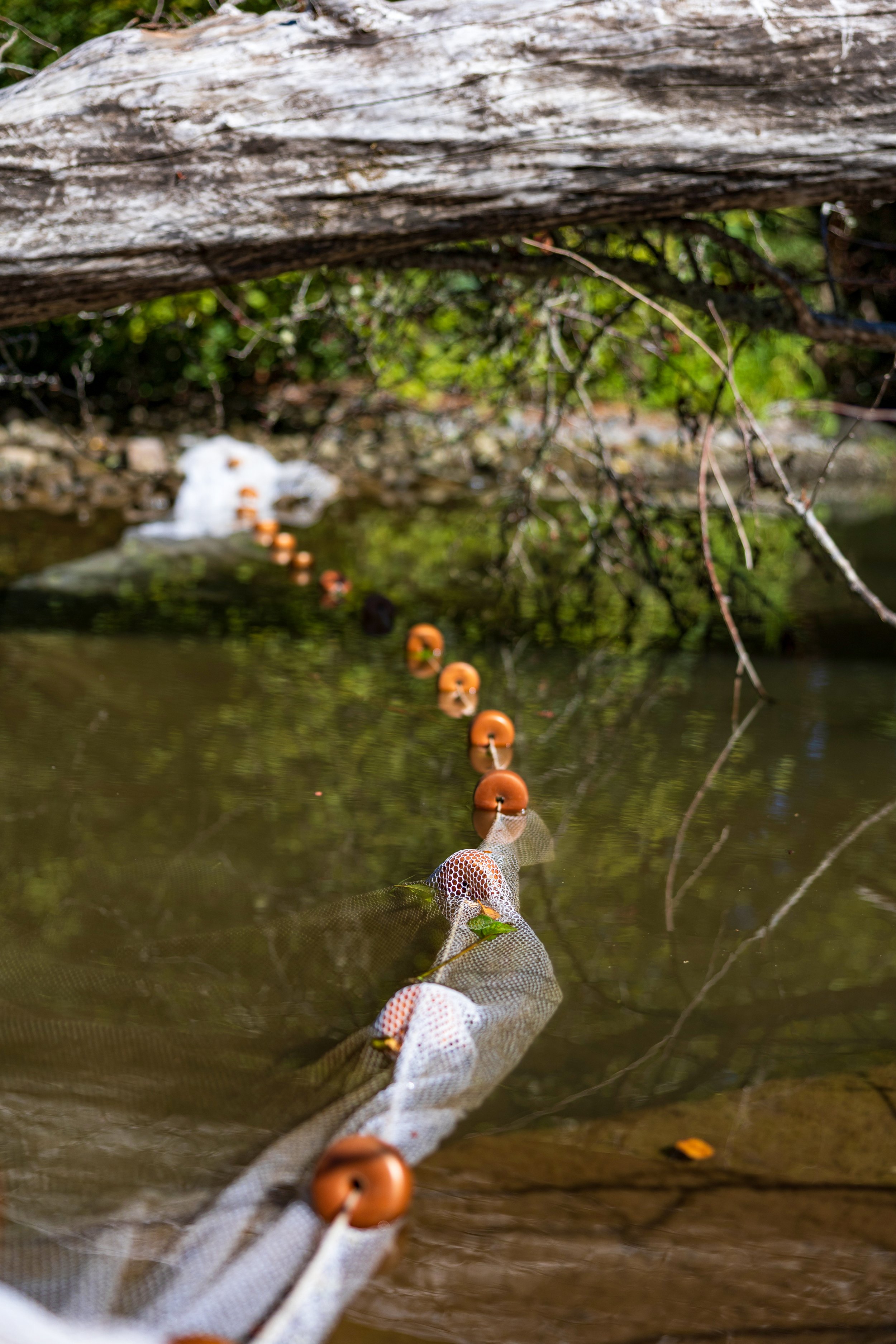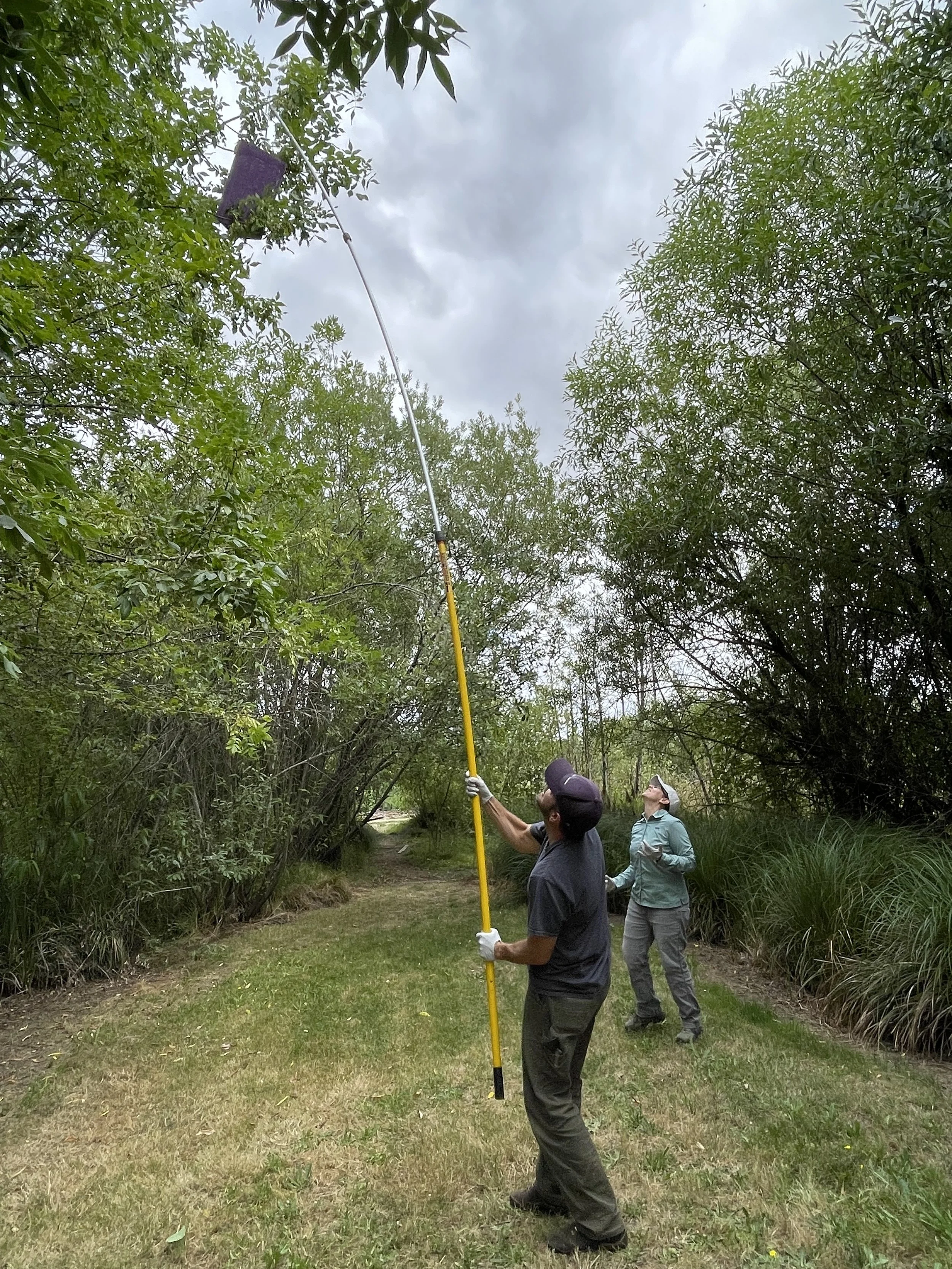For decades, an obsolete dam at Balm Grove, 12 miles upstream from the confluence of Gales Creek and the Tualatin River, has acted as a major fish passage barrier for aquatic life in the Tualatin River Watershed. Its removal in September 2022 opened up nearly 35 miles of prime habitat to threatened species such as the winter steelhead and Pacific lamprey, a major step forward in a larger statewide effort in fish habitat restoration.
A multi-step process ensured the safety of local species and protected the health of the surrounding ecosystem. First, crews dug a diversion channel to temporarily reroute the creek. Culverts were installed so construction crews could access the work site.
Once the diversion channel had been graded and secured with erosion control, a cofferdam (an enclosure built within a body of water to allow the enclosed area to be pumped out) was erected, and 25% of the creek’s flow was diverted into the channel. Starting with a slow flow helped to minimize the dirt moving downstream while also signaling to fish that it was possible to swim upstream through the new channel.
The stream’s diversion marked the first time since 1936 that fish had been able to successfully get around the dam. Crews were heartened to see that salmon almost immediately started to move upstream.
“Instant gratification is rare in ecological restoration, but we got to experience it by helping Clean Water Services remove a dam that has been impeding migratory fish passage since the ‘30s,” Matt Koozer of Biohabitats notes. “Just like that, miles of habitat opened up for species like coho salmon, Pacific lamprey, and winter steelhead along Gales Creek.”
Once construction of the cofferdam was complete, the creek’s flow was completely diverted. Crews salvaged the remaining fish and removed the dam.
A coalition of Tree for All partners, together with Biohabitats, manage the site’s rehabilitation. Next summer, partners will insert logjam structures to provide shelter and habitat to native species. They will also revegetate the site with native plants and excavate the nearby floodplain to ensure that the creek is able to rise from its channel and saturate the adjacent cottonwood forest.
“Dam removals are the single most important thing we can do to restore our rivers and streams,” says Scott McEwan, executive director of the Tualatin River Watershed Council. “The removal of the dam at Balm Grove is a major win for our environment, and it couldn’t have been done without the coordination and commitment of our partners.”
Stay tuned here for more updates! To learn more about the history of this project, you can read the Balm Grove case study.
Many thanks to our partners on this project: Clean Water Services, the Intertwine Alliance, Metro, Northwest Steelheaders, Oregon Department of Fish and Wildlife, Trout Unlimited, Tualatin River Watershed Council, Tualatin Riverkeepers, and Tualatin Soil and Water Conservation District.











































